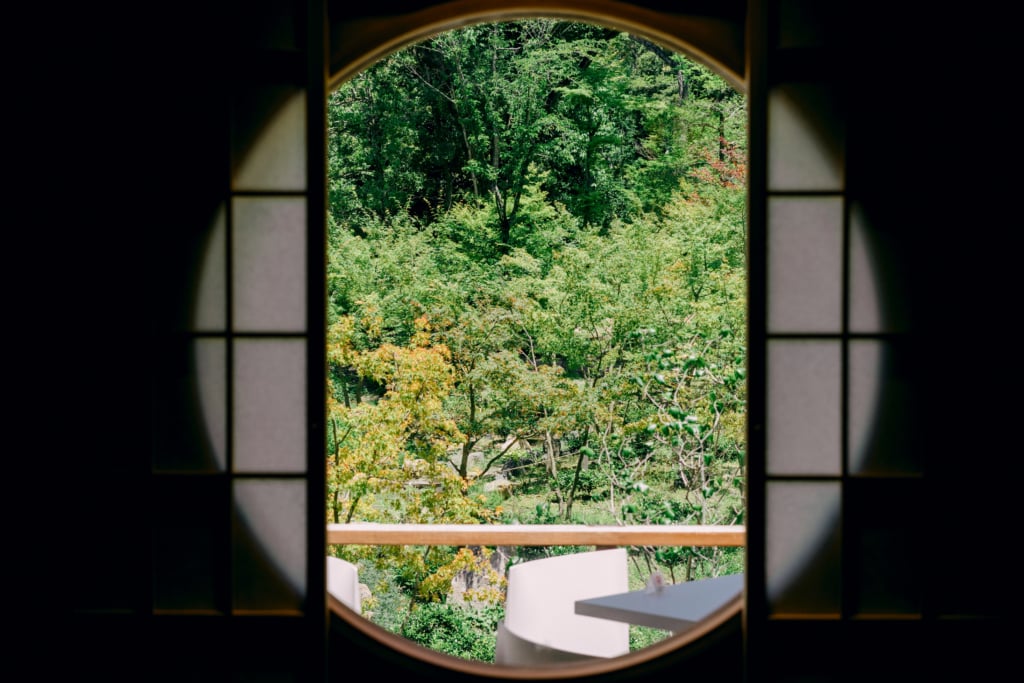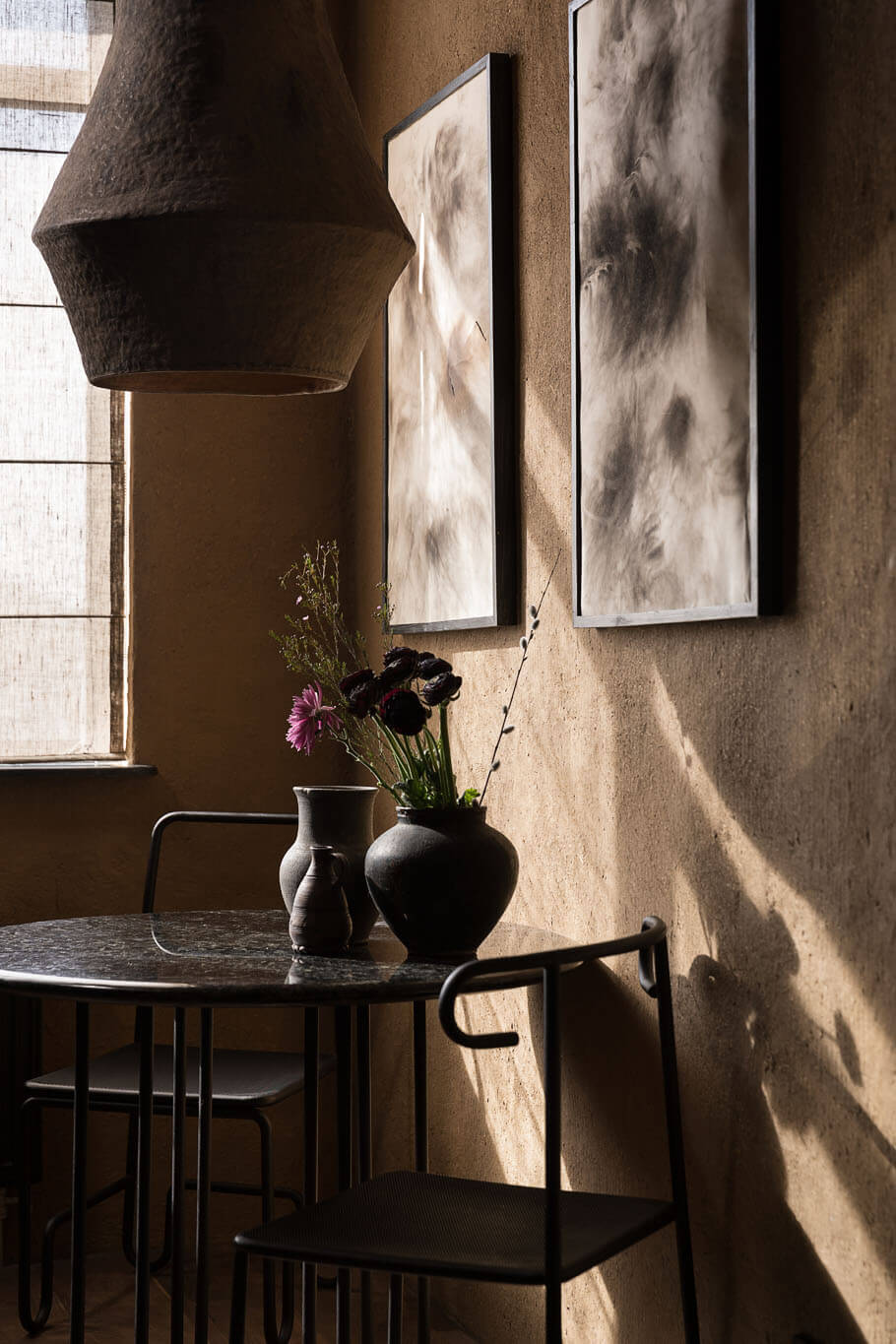‘Shibui’, Elegant Simplicity
The complexity of this Japanese concept lies in its ambivalence: it oscillates between astringence and refined beauty.

© Jie
Shibui is a Japanese evolutionary concept that has taken on several meanings over time. It can be used to describe a person, and also an artistic performance or an object. Most of the time it has a positive slant, evoking unadorned, discreet beauty marked with a sense of moderation.
An object or person described as shibui is elegant and seemingly simple, but reveals new facets as time passes. Initially, however, the term shibui did not have positive connotations. It would instead denote an astringent taste, like that of persimmon; a flavour that leaves a somewhat unpleasant impression on the palate, one that makes the lips pucker and the eyes wrinkle.
Ultimate beauty
In her book L’Astringent, author Ryoko Sekiguchi seeks to identify the tipping point that pushed shibui into the positive domain. She believes that it dates back to the end of the Edo period, when the Tokugawa shogunate undertook economic reforms that were accompanied by restrictions relating to clothing, banning overly varied patterns and colours like red and purple. The Japanese circumvented these restrictions by turning to more understated garments, with emphasis placed on the sophistication of the weave and the quality of the lining.
Soetsu Yanagi, founder of the mingei movement, used the term shibui to describe a refined taste, the ultimate level of beauty, the purest form that exists. In his book The Unknown Craftsman: A Japanese Insight into Beauty, he declares: ‘The world is overflowing with different aspects of beauty. The beautiful, the powerful, the joyful, the intelligent, all are part of beauty. Every person, according to their disposition and environment, will feel a particular affinity to one aspect or another. But when their taste becomes more refined, it inevitably arrives at a form of beauty that is shibui. Many terms serve to describe the secret of beauty, but this one is the final word.’
L’astringent (2012), a book by Ryoko Sekiguchi, is published by Argol.
The Unknown Craftsman — A Japanese Insight into Beauty (1992), a book by Soetsu Yanagi, is published by Kodansha.

© mae mu

TRENDING
-
A House from the Taisho Era Reveals Its Secrets
While visiting an abandoned building, Hamish Campbell discovered photographs the owner had taken of the place in the 1920s.

-
The Taboo-Breaking Erotica of Toshio Saeki
The master of the 1970s Japanese avant-garde reimagined his most iconic artworks for a limited box set with silkscreen artist Fumie Taniyama.

-
With Meisa Fujishiro, Tokyo's Nudes Stand Tall
In the series 'Sketches of Tokyo', the photographer revisits the genre by bringing it face to face with the capital's architecture.

-
Masahisa Fukase's Family Portraits
In his series ‘Family’, the photographer compiles surprising photos in which he questions death, the inescapable.

-
Hajime Sorayama's Futuristic Eroticism
The illustrator is the pioneer for a form of hyperrealism that combines sensuality and technology and depicts sexualised robots.





